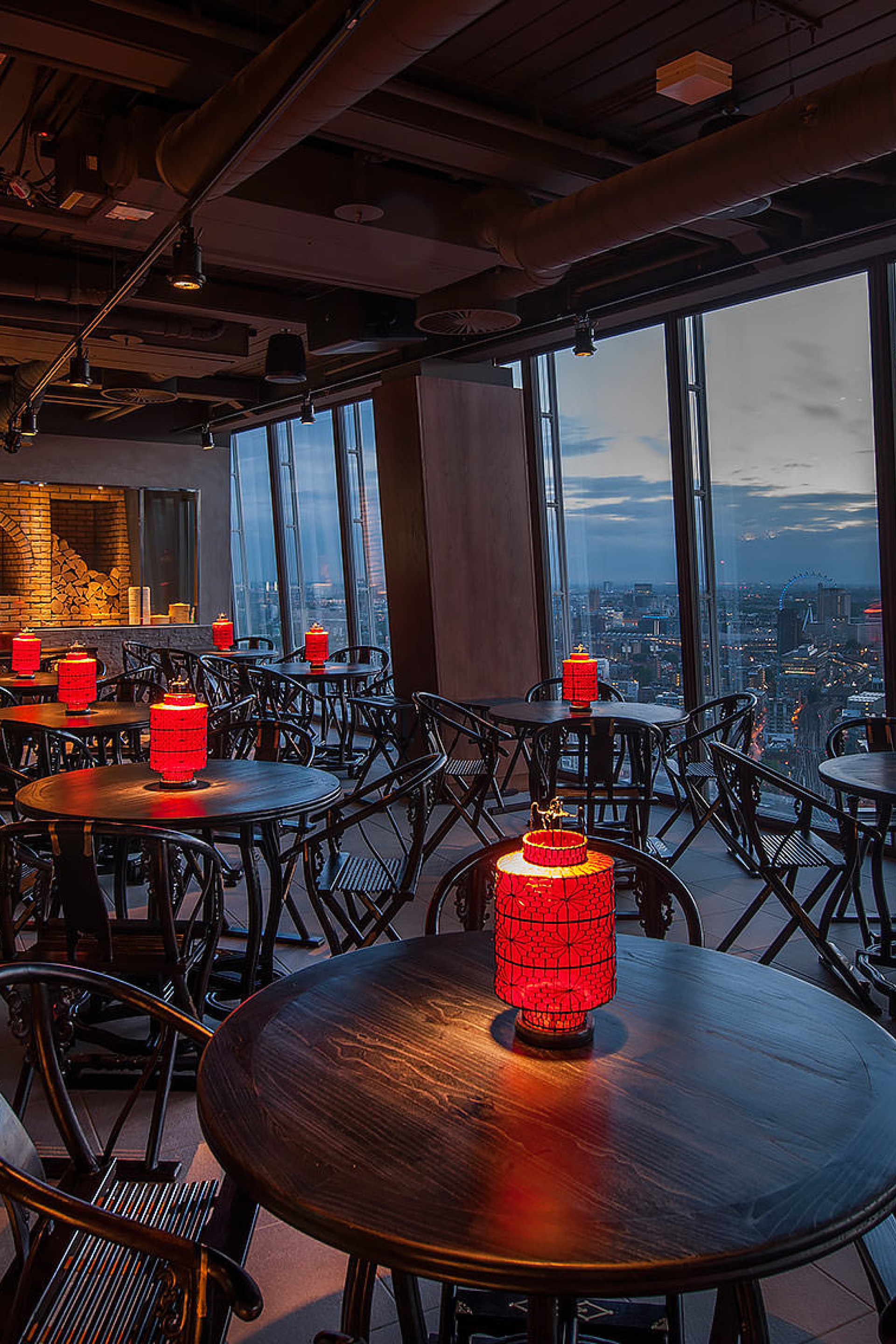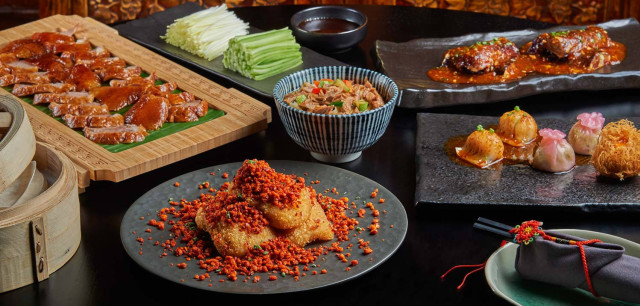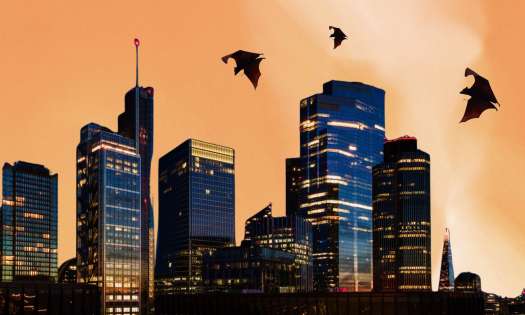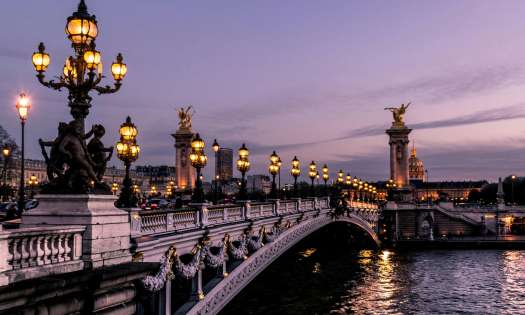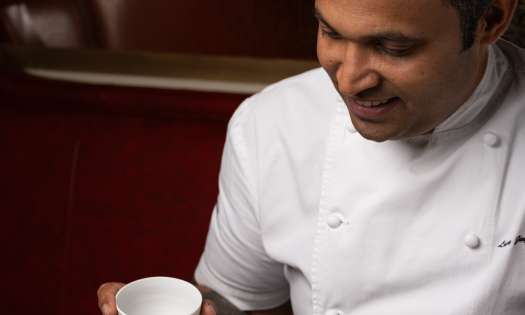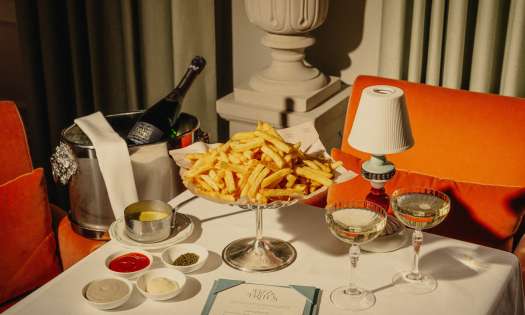Not words you would have ever thought to string together, but nonetheless, they are the first ones to come to mind upon sipping the most surprising offering in a wine glass that you, or anyone is likely to encounter this year. Ao Yun (pronounced Ow You-een) vintage 2013 is a subtle blend of cabernet sauvignon, cabernet franc and 8,500 feet of elevation up a Tibetan mountainside. To say that luxury powerhouse Louis Vuitton Moët Hennessy have taken the road “less travelled” is both, an understatement and a compliment.
The unveiling of this multicultural daring-do took place at probably the most fitting London location, Hutong, high in the sky at The Shard. As a setting, Hutong and in fact any of the Shard restaurants are onto a good thing. The simple trick of being far above the landscape invites you to step away from the hustle and traffic below. It gives a kind of understated permission to put aside everything and take in the view, the service and the cuisine. This makes any dining enjoyable. To their credit Hutong staff are also attentive, speedy and pleasant. There is little looking around trying to catch someone’s eye when you want something.
However, my wife, Nina Wadia, grew up in Hong Kong and has visited China and so any excursion into Chinese food has to clear a bar of raised expectations based on teenage years dining on the real deal – she’s not easily impressed (as her husband I’ll take that as a compliment).
As good as the service was, the kitchen performed unevenly. The Rose Champagne shrimp dumplings were succulent but the cod rolls, duck rolls, prawn rolls, (sensing a pattern here) the pot stickers and the pepper prawns stood out for the wrong reason – they were bland in comparison to everything else that came before and after them. An evening’s menu is much like a line up of entertainment and even a reasonably good weekend cover band is going to show unfavourably next to anyone at the top of the charts, and that is where the Dongbei tiger chilli with chicken, the Sichuan pepper prawns and the de-boned lamb ribs reside – all hits. The beef was Wag-yu and impressed with texture, juices and the bed of sautéed Yunan mushrooms on which it lounged. The black sesame ice cream was original but divided the table, more than half of which reached straight for their après meal Hennessy Paradis Imperial.
However, as a rule, tonight, the wine did not accompany the food. Quite the other way around. The stuff in the glass was the main attraction and the stuff on the fork was the backing band. Our LVMH hosts were fully aware of this and also knew that they had a room full of widely travelled palates. Nonetheless they began the evening with barely suppressed smiles, and to their credit, a degree of trepidation. They knew they had something good on their hands. They just weren’t sure everyone else would agree.
This approach has merit and is refreshing to see. Too many luxury houses lapse into complacency and seem to assume that the brand and the heritage will continue to fill their coffers regardless of what’s on offer. This thinking is clearly alien to Jean-Guillaume Prats, President and CEO of The Moet Hennessy Wine Division and to the branding and customer teams headed up by Ines Pina and Florent Noir. Their clear desire to succeed reminded me of something said by that maverick enfant terrible, Terry Gilliam, upon the lauded premiere of his first opera (Berlioz’s The Damnation Of Faust). He said “When we began, the biggest danger was thinking we didn’t know what we were doing. After it worked the biggest danger was thinking we knew what we were doing.” I quoted this to Jean Guillaume who laughed, agreed and replied “In wine there is a saying – to be comfortable is to fail.”
The journey from conception to sipping has been anything but comfortable. The project took years to begin and to complete. The closest city is actually ShangriLa (this real life city was named after the one in the 1933 novel Lost Horizon, not the other way around) and can only be reached by hours in a crawling four wheeler. The challenges the team faced included vertiginous mountain passes hammered by snowstorms. Yaks instead of tractors. Farms without electricity. Hand crafting not machine production, oh, and, no fermentation tanks. The truck driver transporting them was thrown in jail for running someone over and the tanks were seized. The whole thing was all a technical impossibility until, with perseverance it wasn’t.
All well and fine, makes for great anecdotes and so on but what about the liquid beneath the bottle cap? Is it worth it? Yes. It’s smooth, it’s spicy, it’s got a unique, lingering tang. Like the best romantic encounters it delays revealing itself just long enough to be interesting but not so slowly that one reaches for the internet. It will go well with many dishes (primarily beefs one would think) and it’s got a solid tannic foundation which means it will age – in short, a keeper.
That this is a first vintage is achievement enough but this is a wine any house would be proud to serve. As for collectors and anyone who simply wants to unveil something to guests that will not be widely available, the advice is to grab a few bottles now before the whole production disappears which, given that this is a very limited run, will undoubtedly happen.
By Raiomond Mirza
